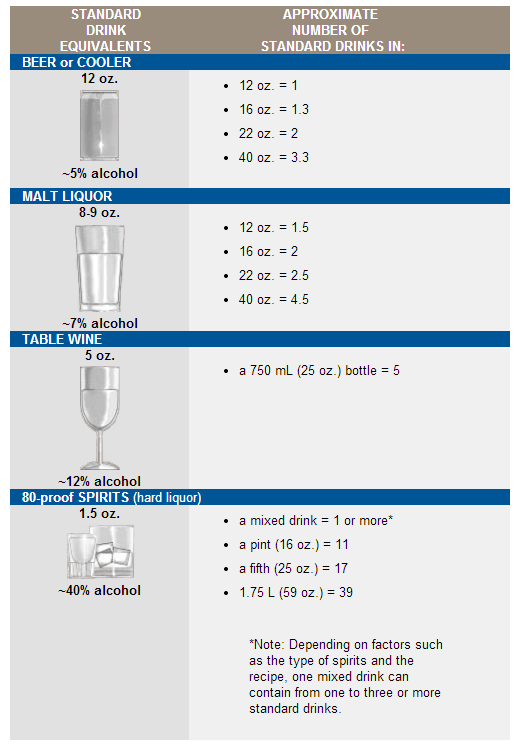Suppose for a moment that you were planning to enjoy some alcohol-based beverages during your lunch. But you also have to be on top of your game once you go back to your office, and certainly by the time that big meeting where you will be making a key presentation rolls around.
Do you know when to say when?
That's a subject that Adam Kucharski explored in looking for useful bits of math that can really be applied in everyday situations. He explains how we might go about resolving the question with the kind of math you should have learned in that dreaded Algebra class:
Sobriety (or lack thereof) is measured via the level of alcohol in the blood. One way to estimate blood alcohol content (BAC) is to use the Widmark formula, which was originally concocted by EMP Widmark, a Swedish doctor, in the 1930s.
If you weigh W kilos, and have consumed A units of alcohol at a lunch that started T hours before 5pm, your estimated blood alcohol content is:
BAC = (0.967 x A) / (W x C) - (0.017 x T)
(Here 0.967 adjusts for the level of water in the blood, 0.017 represents the amount of alcohol you burn off over time and C adjusts for body composition – it equals 0.58 for the average man and 0.49 for a woman.)
Now that we've shown you the math, let's next consider what might be the most difficult part to work out to make it useful - just what is a "standard" drink where alcoholic beveridges are involved?
We found the following chart posted at the U.S. National Institute of Health:
And then, we made it easy to apply this math through the following tool (click here to access it on our site) - just enter the relevant information, and we'll let you know what your blood alcohol level will likely be by the time you indicate you want to know (and to find out what it might peak at, enter zero for the number of hours).
Our "Bottom Line" comment focuses on several key levels for your potential blood alcohol content, but if you would like to know more about how you might be negatively impaired for various levels of excessive alcohol consumption, we'll turn your attention to the experts at Clemson University.
Otherwise, enjoy your lunch!
Welcome to the blogosphere's toolchest! Here, unlike other blogs dedicated to analyzing current events, we create easy-to-use, simple tools to do the math related to them so you can get in on the action too! If you would like to learn more about these tools, or if you would like to contribute ideas to develop for this blog, please e-mail us at:
ironman at politicalcalculations
Thanks in advance!
Closing values for previous trading day.
This site is primarily powered by:
CSS Validation
RSS Site Feed
JavaScript
The tools on this site are built using JavaScript. If you would like to learn more, one of the best free resources on the web is available at W3Schools.com.

